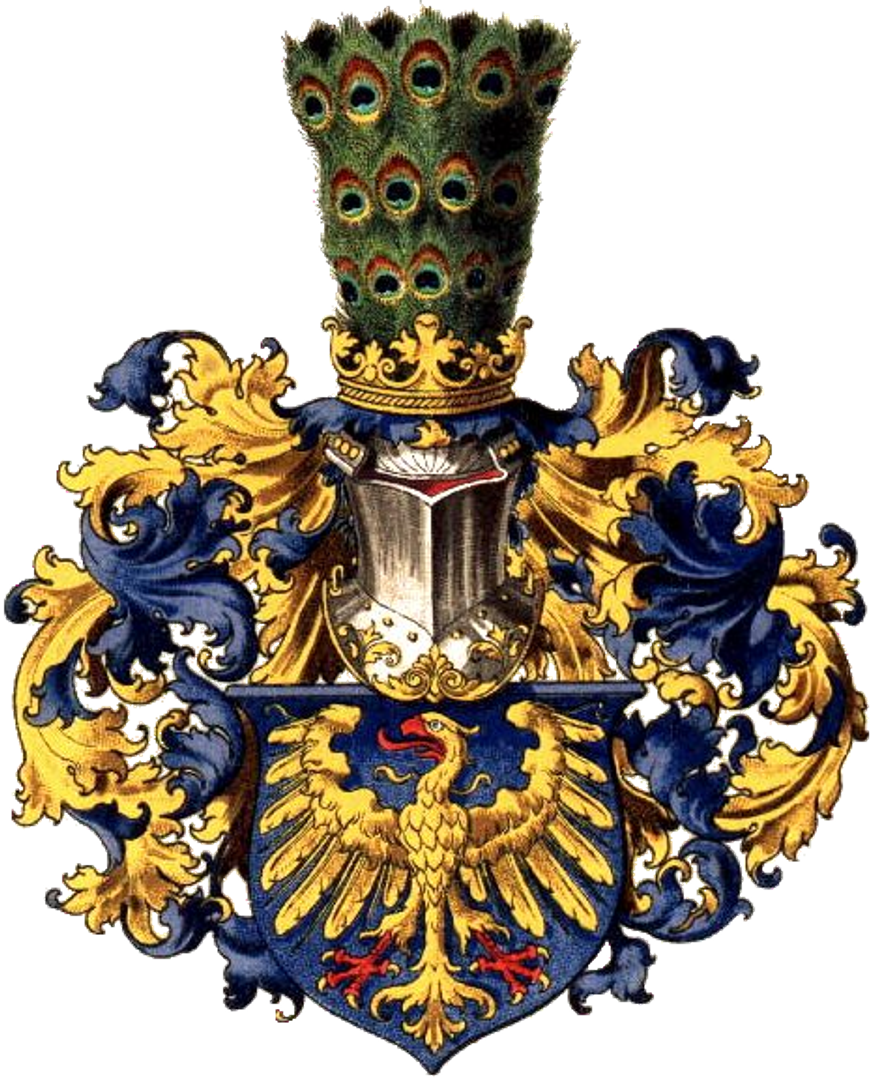The palace and park complex in Pławniowice
6.76

Overview
The palace and park complex in Pławniowice, also known as the Ballestrem Palace, is a historical monument with a rich history dating back to the first mentions of the locality in 1317. Over the centuries, the palace underwent various changes in ownership, including the von Ballestrem family, who owned the estate until 1945. The current building was constructed between 1882 and 1885 on the site of an earlier structure from 1737, designed by Konstanty Heidenreich. Its architecture combines elements of Dutch Neo-Mannerism and eclectic Romanticism, featuring distinctive towers, spires, and an elaborately decorated brick façade. Inside, the palace was distinguished by luxurious interiors and valuable collections of artworks and furniture, which, unfortunately, were lost after World War II. The 2.4-hectare landscaped park surrounding the palace was established in 1885 and was rich in rare plant species. After the war, the palace lost its splendor; it was used as a monastery and an agricultural administration office, leading to its deterioration. Restoration began in 1993 with the support of the German Federal Ministry of the Interior, which recognized the monument as important to European culture. Thanks to the efforts of Father Krystian Worbs, the current custodian, the palace is regaining its former glory, and in 2007, it won the "Well-Maintained Monument" award. Pławniowice is not only a historical site but also an element of local identity, connected with the former elites and the development of mining in Upper Silesia.
Location
2025 Wizytor | All Rights Reserved